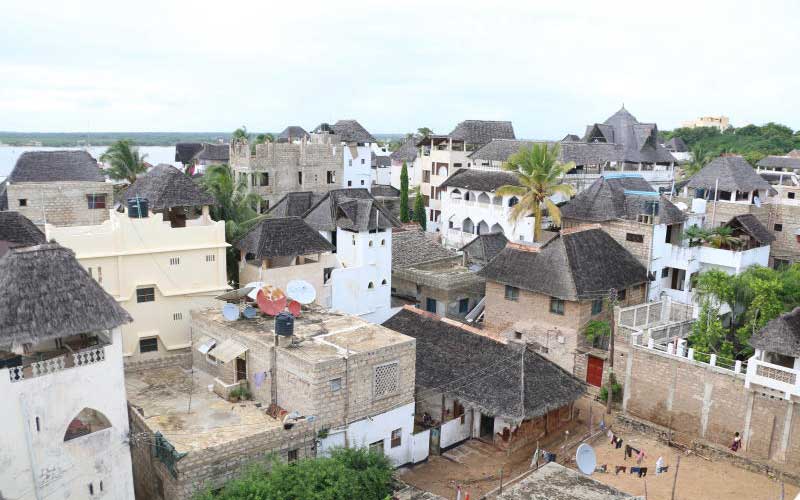×
The Standard e-Paper
Join Thousands Daily

Like most people who left Lamu in the early 1960’s because there were no employment opportunities, educated people today still leave as soon as they graduate, depriving Lamu of its trained and educated manpower.
Most Kenyans think of Lamu as the romantic islands of beautiful sunsets, dhows and the culture of a thousand years going back to Chinese explorers. We all read about it in our history classes.